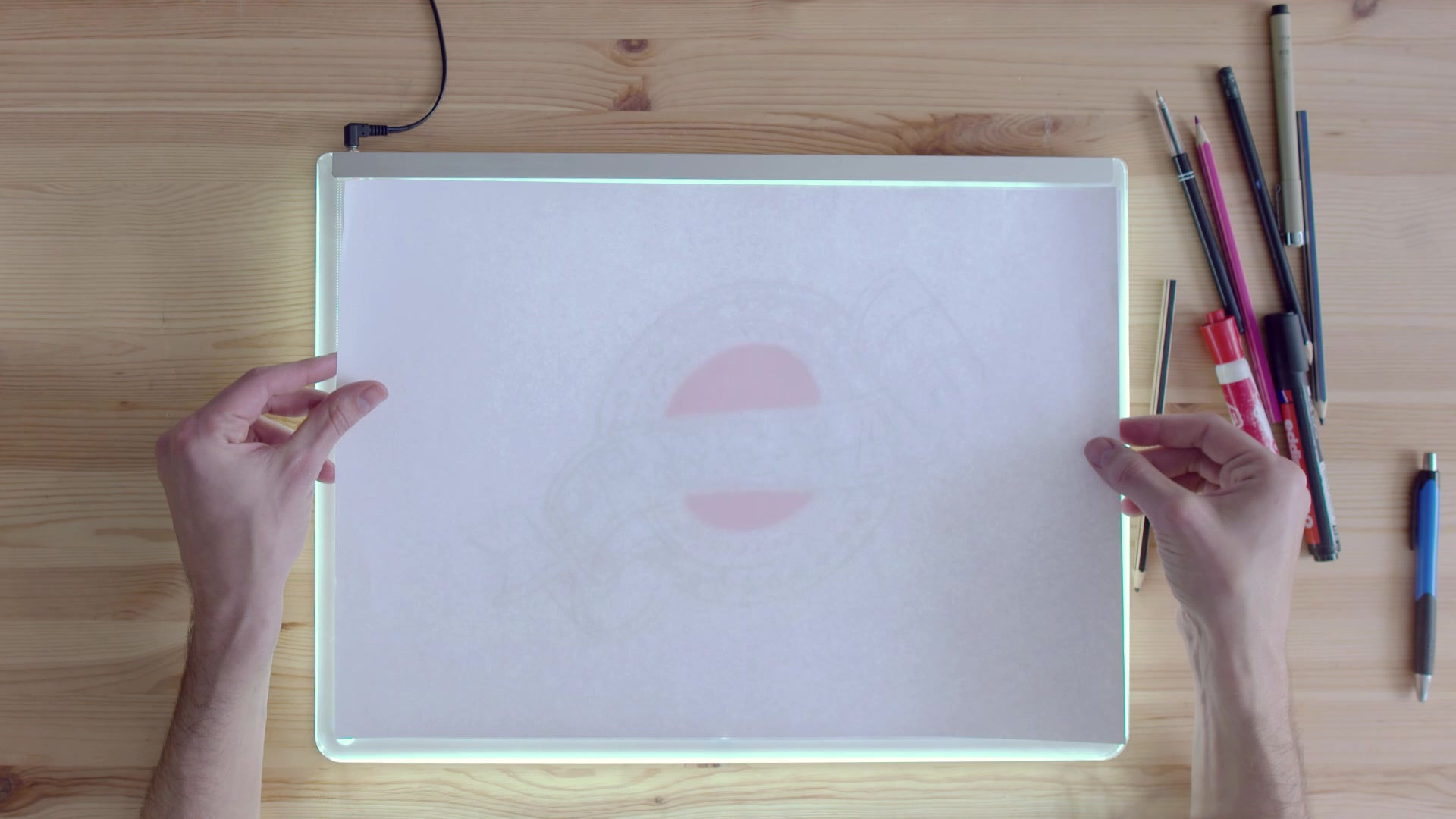Becoming a Better Programmer
- Daniel Thompson
- Nov 7, 2016
- 3 min read
The best way to become a better programmer is to start making your own programs. This will allow you to practice the elements you have learnt as well as discovering new ones as you respond to the needs of your project. The key questions to ask when making your own program are:
What do you want to make?
There are lots of options when making a program but some of them are:
A game
A drawing program
A timeline
A simluation
An animation
Once you have some up with what you want to make write a simple outline of what it is. E.g. A clock: A circular face with numbers 1-12 on it. Three hands that go around at different speeds. A second hand that does a full rotation every minute. A minute hand that does a full rotation every hour. An hour hand that does a full rotation every half a day.
What technology will you use?
This means which programming language, library or environment you will choose to use. It is considered best to consolidate the language you already know well. This means using JS+Processing JS environment. This is best used for animations, single-player 2D games, visualizations and simulations. It is not so good at making multi-player games, mobile apps or data-crunching applications.'
What features will it include?
First make "mock-ups" of key screens of your program to help you visualize what you want to make. This can be done on paper or online programming. Put these screens together in the order you will see them, drawing arrows to show how they should transition. Then make a feature list for all of those different elements of your program.
What must it include?
Once you have written your features list order each feature in terms of priority. What this means is to decide which things must be included in the program, what probably should be included and what you would just like to include. Go through your list, give each feature a score of 1(must), 2(should) and 3(like). Then group each of these together. Things that you should probably de-prioritize are: multiple levels, menus and 3D graphics. You can then separate your project into three separate versions.
Version 1 is the basic version of the program with only the things that must be included.
Version 2 is a slightly more refined version with the elements that should be included.
Version 3 is the highly refined version of the program with all of the features you would like to include.
How will you implement it?
It can be intimidating to start when there is just a blank screen looking at you. One way you can figure that out is to think about the "high level architecture" of your program - breaking it into categories like "objects", "logic", "user interaction", "user data", and "scenes" - and then think about how you might implement them, like as object-oriented object types, functions, or variables. It can also help to write the program in pseudo-code (plain English) first.
What's your timeline?
Write out a timeline of how long you think your project will take and breaking it up into smaller, manageable goals each day, week or month. Consider how much time you have and how long you think it will take. It is likely that things will take less (or more likely much more) time than you originally expected so try not to worry, just make a best estimate.
What is pseudo-code?
Pseudo code is normal, written English that is broken up into steps of what the program needs to do. They are very similar to instructions (like a recipe). They allow you to break down all of the different parts of the code you need to write in order to convert your ideas into a working program. Doing this can also help you to decide what kind of elements you need; be they objects, arrays, booleans, etc. You can write pseudo-code on paper first but you can also write it directly into the program. In order for the program to nt try to run the pseudo-code just write it as comments using // or /* */. Once you have finished you can turn each lone of the pseudo-code into real code.




































Comments